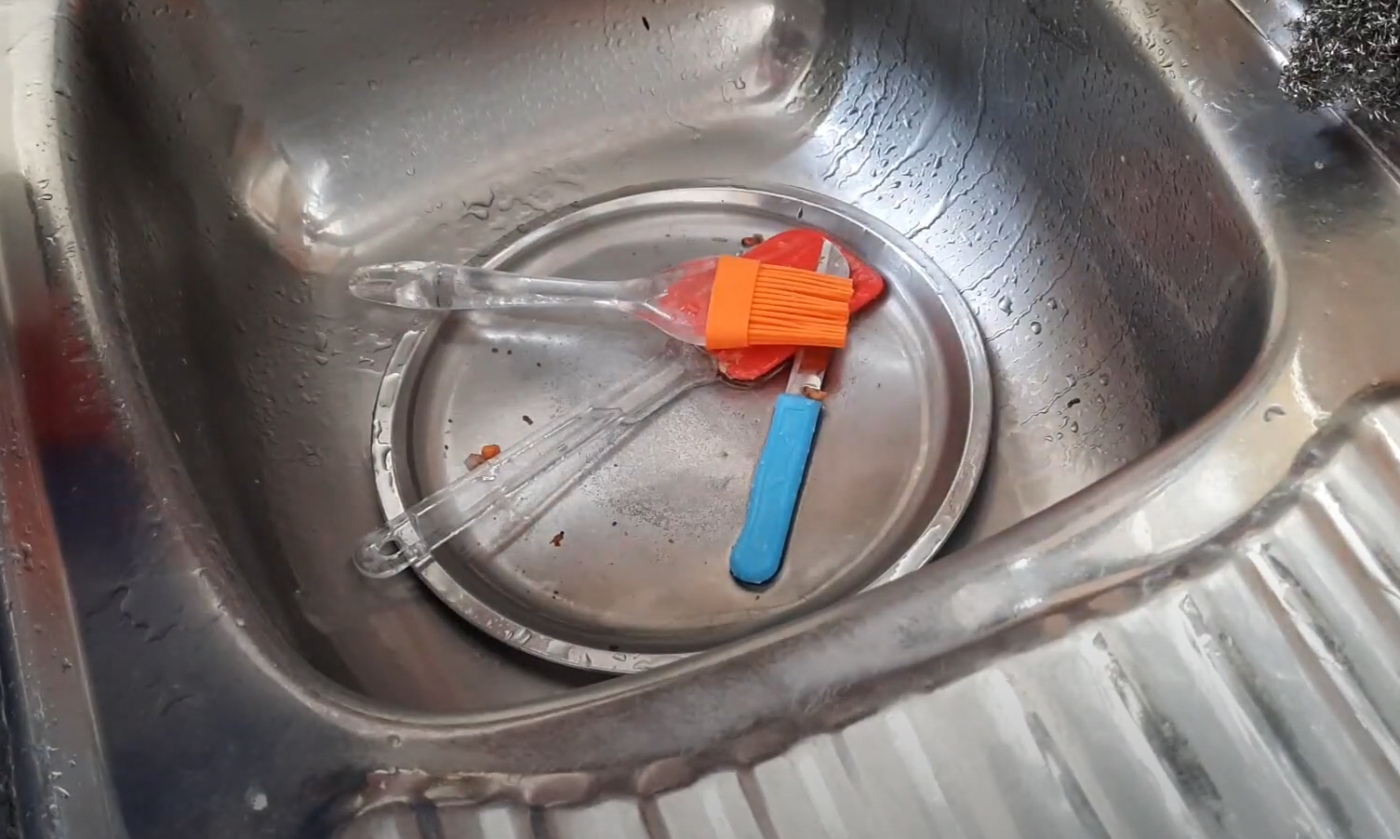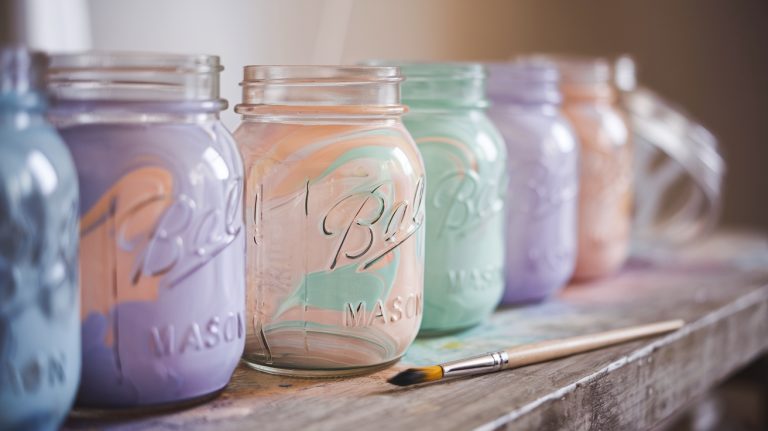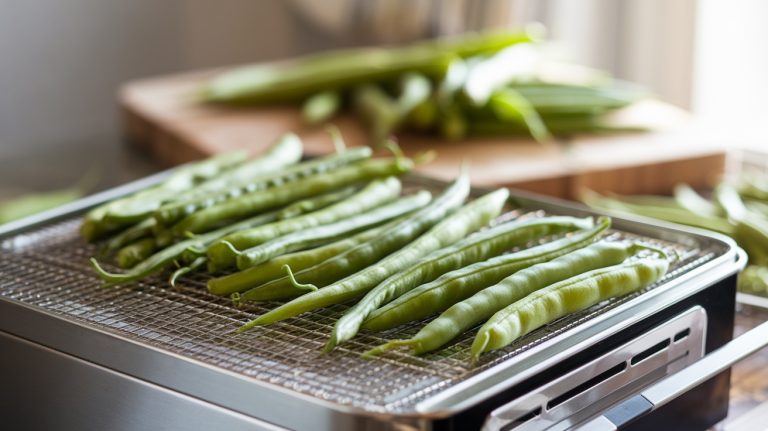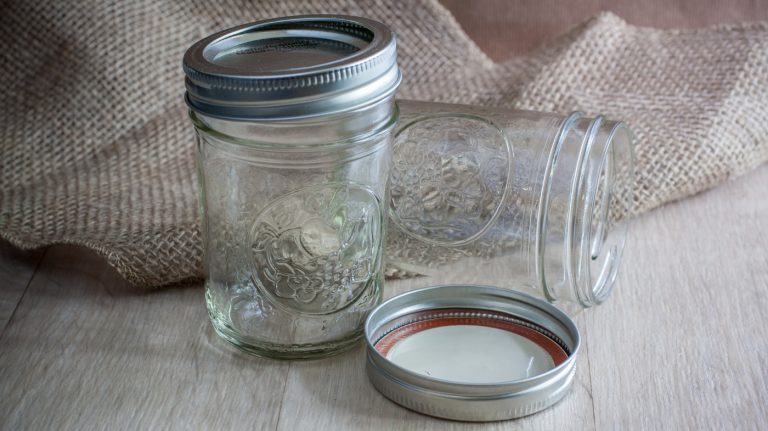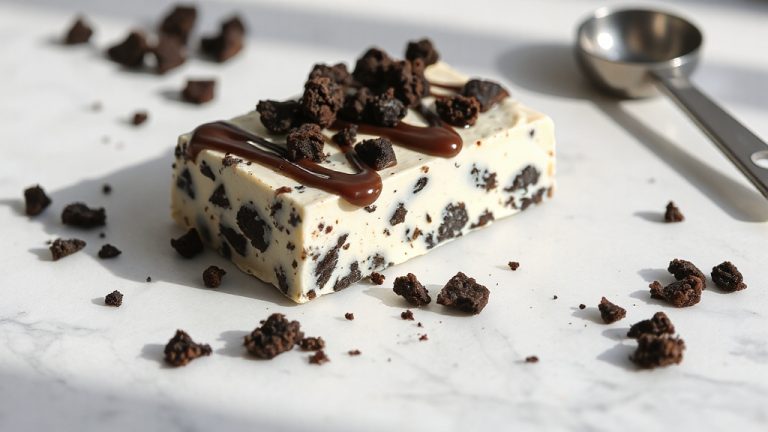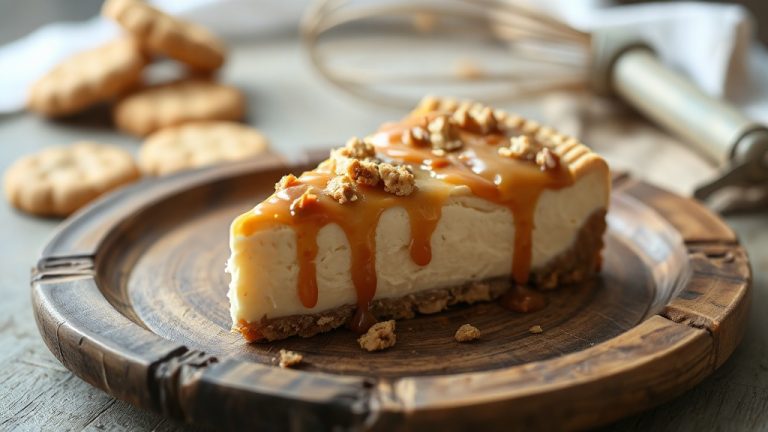How to Clean Pastry Brush? Easy Methods for Maximum Hygiene
Cleaning your pastry brush is straightforward and essential for your baking. Start by running warm water over it to loosen any food particles. Next, apply a few drops of dish detergent to create a lather and swirl the bristles gently.
Rinse it thoroughly under hot water, focusing on the base to guarantee all residue is removed. Shake off excess water, then blot it with a kitchen towel.
To dry, lay the bristles down in coarse salt or a jar for maximum air circulation. Proper care keeps your brush in top shape, and there’s even more to learn about maintaining your tools.
Key Takeaways
- Rinse the brush under running warm water to loosen food particles before cleaning.
- Apply a few drops of dish detergent in your palm and swirl the brush to create a lather.
- Rinse thoroughly under hot water, focusing on the base of the bristles to remove all soap and residues.
- Shake gently to remove excess water, then blot with a kitchen towel to prevent moisture retention.
- Store the brush bristles down in coarse salt or a small glass jar for optimal drying and to absorb moisture.
Common Cleaning Methods
Cleaning a pastry brush properly is essential for maintaining its performance and longevity, and various methods can help you achieve that.
First, instead of relying solely on quick soapy rinses, consider a more thorough approach. These rinses often leave oily residues on your brush, which can affect its future use.
For a silicone pastry brush, hot water dips may not be enough; they can leave congealed grease in the bristles, leading to undesirable flavors in your baked goods.
If you’re using a natural bristle brush, avoid soaking it for long periods, as this can damage the delicate fibers. Also, be cautious with dishwashers—while convenient, they can warp wood handles and damage the brush’s bristles, compromising its function.
Instead, opt for hand washing with warm, soapy water, ensuring you gently scrub the bristles to remove any grease.
Required Cleaning Supplies
To effectively clean your pastry brush, you’ll need a few essential supplies that make the process smooth and efficient.
Start with a small bowl or mug to mix a few drops of dish soap with water, creating a gentle cleaning solution. Liquid dish soap is vital for breaking down any grease and removing food residues stuck to the natural bristles of your brush.
Next, have some running water ready for rinsing. Position your brush under the water, ensuring the bristles are thoroughly cleaned without damaging them.
After rinsing, grab a towel to dry the brush carefully. This step is important; moisture retention can lead to mold growth, ruining your brush.
For ideal drying, consider using a small glass jar. Place the brush bristles down inside the jar to promote air circulation.
If you want to enhance the drying process, you can add coarse salt at the bottom of the jar. The salt will absorb any remaining moisture, helping maintain the freshness of your brush.
Recommended Cleaning Technique
To guarantee your pastry brush stays in top condition, start by wetting it under running water, which helps loosen any food particles and grease clinging to the bristles.
Next, apply a small amount of dish detergent into your palm and swirl the brush bristles in your hand to create a lovely lather with soapy water. This action makes certain every bristle gets a thorough cleaning.
After you’ve scrubbed the brush, it’s time to rinse. Hold the brush under hot running water while gently working your fingers through the bristles to remove all soap and debris.
Pay special attention to the base of the bristles, where grime tends to hide. Once rinsed, shake the brush gently to remove excess water, then blot the bristles with a kitchen towel to aid in drying.
Lastly, allow the brush to air dry completely. You can lay it flat or store it bristles down in a jar filled with coarse salt to absorb moisture and prevent mold growth.
| Step | Action | Tip |
|---|---|---|
| Wet the brush | Run under water | Loosen food particles |
| Clean with soap | Swirl in your palm | Create a lather |
| Rinse and dry | Shake and blot, then air dry | Prevent mold growth |
Effects of Improper Cleaning
Neglecting to clean your pastry brush properly can have serious consequences for your baking. If you don’t take the time to clean your pastry brushes, lingering flavors from previous uses can seep into your new creations, making them less enjoyable. Imagine biting into a sweet dessert only to taste remnants of savory sauces.
An oily film can also accumulate on silicone brushes, affecting their ability to apply washes and sauces evenly.
More alarmingly, using unclean brushes poses health risks, as food residues left to sit can become breeding grounds for bacteria and mold. This could lead to potential illness, which is the last thing you want when hosting a gathering.
Additionally, failing to maintain clean brushes can cause cross-contamination between savory and sweet dishes, altering the intended flavor profiles and ruining your culinary efforts.
Lastly, using improper cleaning methods—like tossing your brushes in the dishwasher—can warp or degrade them, resulting in costly replacements.
Additional Tips for Brush Care
A well-cared-for pastry brush can be your secret weapon in the kitchen, elevating your baking game to new heights. To keep your brushes in top shape, make it a habit to clean them immediately after each use. This prevents residue buildup and guarantees hygiene, which is vital for any baker.
When you’re done, rinse the bristles under warm water while using your fingers to gently remove any stubborn bits. Avoid soaking your brushes in water for long periods, as this can lead to mold growth and damage the bristles.
Store your brushes upright in a jar or container in a dry place to maintain their integrity. Regularly inspect them for signs of wear, like frayed bristles or odd odors. If you notice these issues, it’s time to replace them.
Additionally, consider designating separate brushes for sweet and savory applications. This way, you’ll prevent flavor transfer and enhance the quality of your baked goods.
Drying Techniques
Properly drying your pastry brush is just as important as cleaning it. After rinsing your brush in warm water, you’ll want to employ effective drying techniques to keep those bristles in top shape.
A great method is to place your brush bristles down into a small bowl filled with coarse salt. This not only helps absorb moisture but also maintains the brush’s freshness overnight.
Avoid leaving your brush damp, as this can lead to warping, mold growth, and unpleasant odors. The salt will work its magic, drawing out moisture and ensuring that your brush is ready for its next use.
Regularly inspect the brush while it’s drying to check for any signs of wear or damage, as this may indicate the need for replacement. Once the brush feels completely dry, store it properly to prolong its lifespan and maintain hygiene.
Signs for Replacement
When you notice signs of wear on your pastry brush, it’s crucial to take action before it affects your baking. One of the most obvious indicators is the loss of bristles. If you find your brush shedding hairs, it’s time to replace it to guarantee even application of glazes and doughs.
Additionally, keep an eye out for any unpleasant odors. If your brush starts to emit a strange smell, it may harbor bacteria or mold, signaling that it needs to be discarded.
Another important aspect to inspect is the condition of the bristles themselves. If you see frayed or damaged bristles, particularly those that appear melted or excessively worn, you should replace the brush. This not only affects the brush’s performance but could also impact the quality of your baked goods.
Lastly, if mold persists despite your best cleaning efforts, it’s crucial to replace the brush immediately to maintain hygiene in your kitchen.
Frequently Asked Questions
How Do You Clean and Sanitize a Pastry Brush?
To clean and sanitize your pastry brush, rinse it immediately after use, swirl in soapy warm water, rinse thoroughly, and air dry. Regularly inspect for wear or mold to guarantee it’s always ready for use.
Can You Put a Pastry Brush in the Dishwasher?
Did you know that 70% of pastry brushes suffer damage in dishwashers? You shouldn’t risk it. Hand wash your brush with warm, soapy water to keep those bristles intact and guarantee it lasts for years.
How to Deep Clean a Dish Brush?
To deep clean your dish brush, soak it in hot, soapy water for 15-30 minutes. Scrub the bristles with an old toothbrush, rinse thoroughly, and let it air dry completely to prevent mold growth.
How to Remove Grease From a Brush?
Imagine scrubbing a greasy brush under hot water, watching the grime swirl away. You’ll want to apply dish soap directly, lathering the bristles, then rinse thoroughly to guarantee no residue remains for future use.
Clean Your Pastry Brush Properly and Extend Its Life for Better Baking
Cleaning your pastry brush is essential for maintaining its performance and ensuring your baked goods taste their best. Did you know that a well-maintained brush can last up to five years longer than a neglected one?
By adopting proper cleaning techniques and care, you not only extend your brush’s lifespan but also enhance your baking experience. So, treat your pastry brush with the care it deserves, and you’ll enjoy delicious results time and time again.

